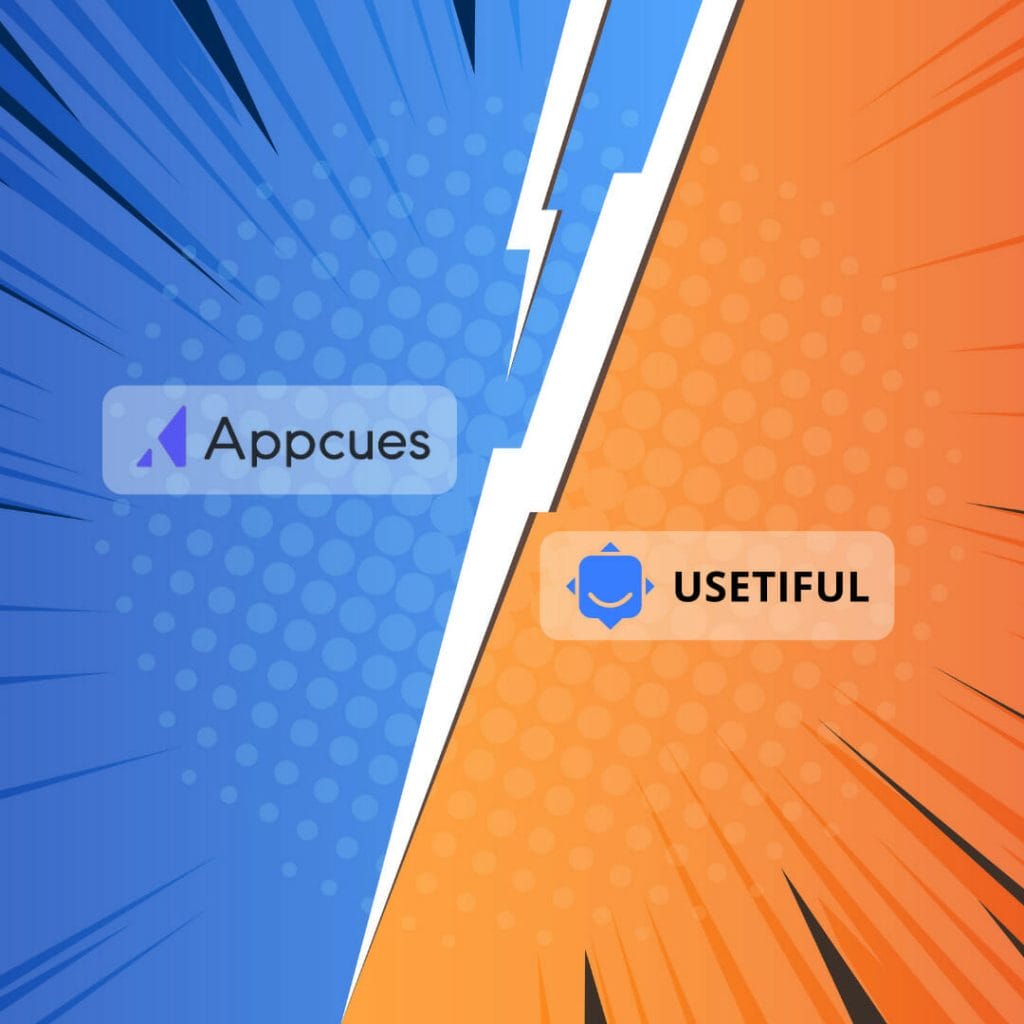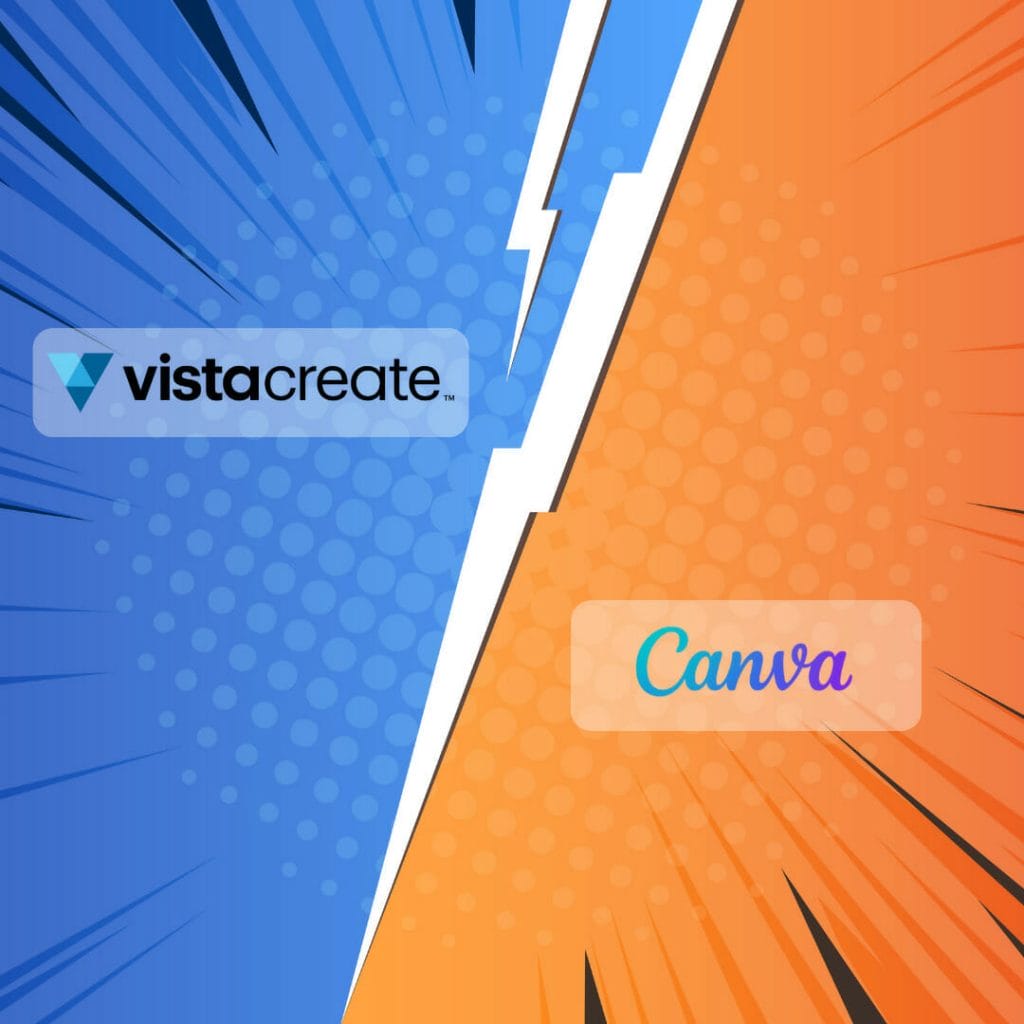Crowdfunding has become an increasingly popular method for individuals and organizations to raise funds for a variety of causes. Two of the most well-known platforms in this space are Fundly and GoFundMe. Each platform offers its own unique features and benefits, making the choice between the two a critical decision for potential fundraisers.
Fundly and GoFundMe both cater to a wide range of fundraising scenarios, from personal causes to community projects and beyond. Both platforms offer user-friendly interfaces and provide tools for fundraisers to effectively tell their stories and connect with potential donors. It’s essential for fundraisers to understand the similarities and differences between these platforms, as well as their respective pros and cons, to make an informed decision about which platform best suits their needs.
In this article, we aim to provide a comprehensive comparison review of Fundly and GoFundMe, delving into various aspects such as platform fees, ease of use, and unique features. Our goal is to offer a clear, neutral, and knowledgeable overview of both services so that future fundraisers can confidently choose the best platform for their specific goals and expectations.
About Fundly

Fundly is a popular crowdfunding platform that allows users to raise money for various causes such as personal projects, events, or charitable organizations. The platform is designed to make the process of fundraising simple and accessible for all users by offering an easy-to-navigate interface and a variety of tools for creating and managing campaigns.
One of the key features of Fundly is its focus on helping users connect with potential donors on a personal level. This is achieved through the platform’s emphasis on storytelling, which allows fundraisers to share their stories and goals with potential supporters in an engaging and authentic manner. Users can add images, videos, and updates to their campaign pages, providing a personal touch and fostering a sense of connection between donors and the cause being supported.
In terms of fees, Fundly charges a platform fee of 4.9% per donation, along with a credit card processing fee of 2.9% plus $0.30 per transaction. This enables the platform to provide its users with the necessary resources and support to conduct successful fundraising campaigns.
Fundly offers a range of features to help users manage their campaigns effectively, such as having a responsive design that adapts to various devices, enabling fundraisers to reach a wider audience regardless of the devices they use. Additionally, with Fundly’s social media integration, fundraisers can easily share their campaign pages on platforms such as Facebook and Twitter, increasing visibility and bringing in more potential donors.
Another noteworthy aspect of the Fundly platform is the level of customer support provided. Users have access to a wide range of resources, including detailed guides on how to create and manage their campaigns, as well as a comprehensive FAQ section. Furthermore, Fundly provides personalized support through email and live chat to assist users in resolving any issues or answering any questions they may have during their fundraising journey.
Overall, Fundly is a versatile and user-friendly crowdfunding platform designed to help individuals and organizations raise money effectively, while providing an engaging and personal experience for both fundraisers and donors.
About GoFundMe

GoFundMe is one of the most popular crowdfunding sites available, primarily focusing on personal fundraising. It enables individuals and organizations to raise money for various causes, from medical emergencies and educational experiences to personal projects and community initiatives.
The platform makes it easy for users to create campaigns, share their stories, and request support from their networks, ensuring a user-friendly experience. As people donate to a specific cause, the funds are securely collected and are available for withdrawal by the campaign organizer. It’s worth noting that GoFundMe operates on a 0% platform fee model, meaning that they do not charge fees on the funds raised by campaign organizers. However, there is a processing fee for the donations, which is typically around 2.9% + $0.30 per transaction in the United States.
One of the reasons that GoFundMe has gained significant popularity is its commitment to the safety and security of its users. The platform employs multiple layers of protection to safeguard the interests of both campaign organizers and donors. They actively monitor campaigns to prevent fraudulent activities, ensuring that the funds raised are genuine and reach their intended recipients.
In addition to offering a secure environment for fundraising, GoFundMe also provides several resources to help campaign organizers succeed. They offer a blog that shares proven fundraising methods and tips for maximizing the potential of crowdfunding campaigns. Furthermore, GoFundMe’s customer support team is accessible to address any concerns or questions that users may have during their fundraising journey.
In summary, GoFundMe has established itself as a trusted platform for personal fundraising, offering a secure and user-friendly experience to millions of people globally. With its commitment to helping users achieve their fundraising goals, it remains a popular choice among crowdfunding sites.
Round 1: Best UX

When it comes to the user experience, both Fundly and GoFundMe have made efforts to create platforms that are easy to use and navigate. In this round, we will dive into their specific features and assess which platform excels in providing the best user experience.
Fundly offers a user-friendly interface designed with simplicity in mind. The platform allows users to create campaigns with minimal effort, making it ideal for individuals who may not have extensive experience in web design or digital marketing. Fundly also provides options for personalization, enabling users to add custom colors, images, and content to make their campaigns unique.
GoFundMe also features a simple interface that is easy to navigate even for those who are new to crowdfunding. The platform provides a clear process for creating campaigns, with step-by-step guidance on how to set fundraising goals, create descriptions, and share campaigns on social media. GoFundMe, like Fundly, offers opportunities for personalization, giving users a thorough set of customization tools to make their campaigns stand out.
Both Fundly and GoFundMe incorporate interactive slideshows as a method to engage visitors and encourage donations. These slideshows display images, videos, and updates, providing potential donors with valuable insights into the various projects and stories. This feature helps to create an emotional connection between donors and fundraisers, which can significantly impact the success of a campaign.
While both platforms offer user-friendly experiences, GoFundMe has a slight edge when considering the quality of ongoing product support. Reviewers have noted that GoFundMe’s support team is more responsive in catering to users’ needs, ensuring that fundraisers can maintain a smooth and satisfying experience throughout the entire campaign.
In summary, both Fundly and GoFundMe provide users with simple interfaces, personalization options, and interactive slideshows, which contribute to a positive user experience. However, GoFundMe’s superior product support gives it a small advantage in this round.
Round 2: Features Comparison

When comparing the features of Fundly and GoFundMe, there are several areas to consider, including the availability of extra features, the usability of the platform for teams, and social media integration.
Fundly is designed to help campaign organizers tell their story in a way that connects with donors on a personal level. The platform puts a strong emphasis on visuals, as photos and videos are displayed front and center on each campaign page. Fundly also offers a unique feature called “giving levels”, in which organizers can offer physical rewards for donating certain amounts. Furthermore, it provides users access to Fundly Connect, a database of searchable volunteer opportunities.
On the other hand, GoFundMe focuses solely on personal fundraising, with some exceptions made for groups raising funds together. The platform’s user interface is intuitive and straightforward. GoFundMe has a notable reputation, as reviewers have felt that it meets the needs of their business better than Fundly.
In terms of social media integration, both Fundly and GoFundMe have strong connections. They offer easy sharing options to popular social media platforms like Facebook and Twitter, allowing campaigns to spread their message more effectively.
When working in teams, both platforms provide the ability to add team members and manage their roles and permissions on the campaign. This feature is especially useful for collaborative fundraising efforts.
While considering the pros and cons, it is essential to take into account the fees associated with each platform. Fundly charges a platform fee of 4.9% and an additional payment processing fees of 2.9% + $0.30 per transaction, whereas GoFundMe only applies a transaction fee of 2.9% + $0.30 with no platform fees. This difference in fees can be a determining factor for potential users.
To sum up, while both platforms offer various features, Fundly leans towards visual storytelling and offering incentives to donors. In contrast, GoFundMe focuses on personal fundraising with easy-to-use tools and lower fees. The choice between the two platforms ultimately depends on the users’ needs and specific requirements.
Round 3: Price

When it comes to pricing, both Fundly and GoFundMe have different fee structures that should be considered. It is essential to understand their respective costs to determine which platform better fits your fundraising needs.
In terms of platform fees, Fundly charges a platform fee of 4.9% plus payment processing fees for every donation. This means, for example, if a $100 donation is received, Fundly will take $4.90 as a platform fee. Payment processing fees for Fundly are 2.9% + $0.30 per transaction, which amounts to $3.20 for the same $100 donation source. In total, a fundraiser using Fundly would receive $92.10 from a $100 donation after deducting all fees.
On the other hand, GoFundMe does not charge any platform fee for fundraisers based in the United States source. However, there is a transaction fee of 2.9% + $0.30 per donation, similar to Fundly’s payment processing fees. So for a $100 donation through GoFundMe, the total fee subtracted would be $3.20, leaving the fundraiser with $96.80.
Here is a summary of the fee structures for both platforms:
Fundly:
- Platform fee: 4.9%
- Payment processing fee: 2.9% + $0.30 per transaction
GoFundMe:
- Platform fee: $0 (US-based fundraisers)
- Transaction fee: 2.9% + $0.30 per donation
In conclusion, while Fundly and GoFundMe both offer valuable fundraising tools, pricing is an important factor to consider. GoFundMe might be a more cost-effective option for US-based fundraisers, as they do not charge a platform fee. On the other hand, Fundly could be suitable for those willing to pay a higher platform fee for their additional features and services.
Battle Decision: Fundly Winner

When it comes to the battle of crowdfunding platforms, Fundly emerges as the winner in several key aspects. One of the primary reasons behind this victory is its capacity to help organizers tell their story in a way that intimately connects with donors, enhancing the effectiveness of their fundraising efforts1.
In addition to its storytelling capabilities, Fundly offers a unique feature called “giving levels,” allowing organizers to provide physical rewards to donors for giving specific amounts2. This incentivizes contribution and sets Fundly apart from its competitor, GoFundMe.
While both platforms cater to individual fundraising, Fundly has a broader scope, making it suitable for various types of projects and campaigns3. Moreover, a notable offering from Fundly is their Fundly Connect service, which facilitates a database of searchable volunteer opportunities, enabling people to give back in more ways than one2.
Fundly’s benefits don’t end there. With a more diverse market segment, it caters to small-businesses and other groups, ensuring that its platform meets the fundraising needs of its users4. On the other hand, GoFundMe leans more heavily towards personal fundraising, with limited exceptions made for group fundraising initiatives3.
In summary, Fundly comes out as the winner in this crowdfunding battle, thanks to its versatile features, effective storytelling approach, giving levels, and wider range of usage. With these distinct benefits, Fundly confidently positions itself as an excellent option for individuals and organizations seeking a reliable and efficient crowdfunding platform.



